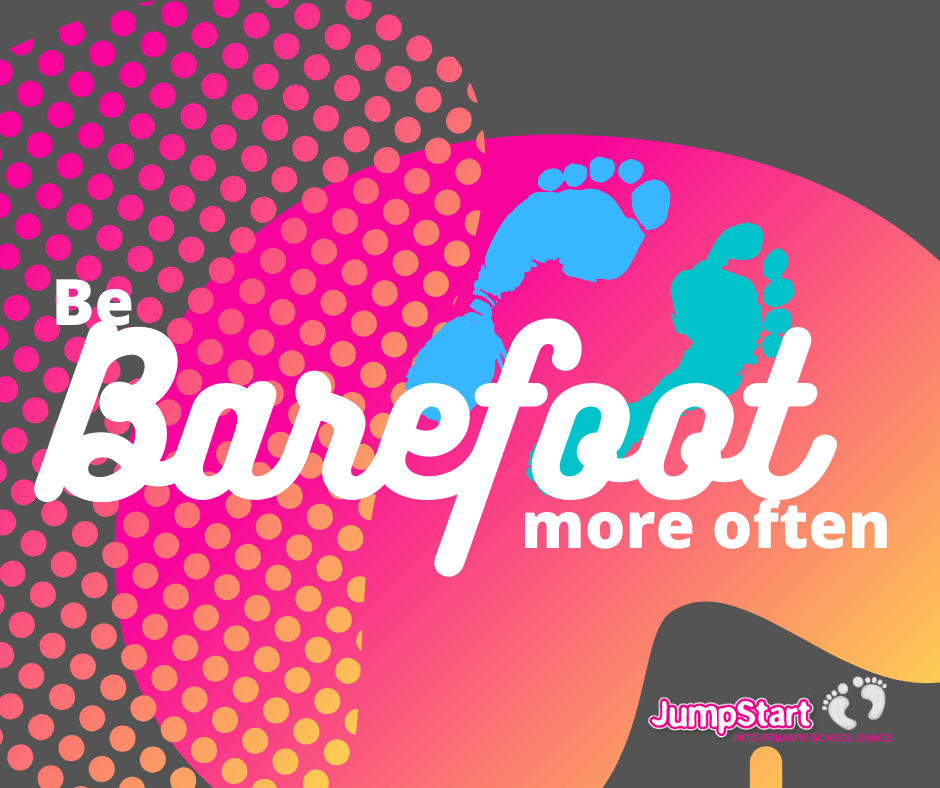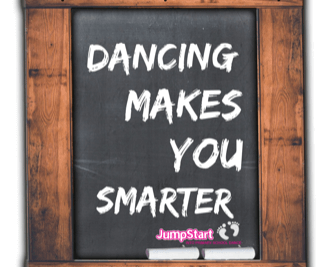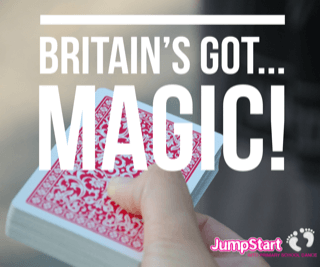Over the course of the last few weeks, we’ve been blogging about wellbeing and the…

Be Barefoot More Often
You may have found that since the coronavirus lockdown (I am writing at the beginning of June 2020) you are dressing differently. Many of us are eschewing work wear for comfy clothing and sometimes don’t get properly dressed at all! There have been days where my family haven’t ventured outside our house (other than playing in the garden) and so our shoes are not getting nearly as much use as they would have done under normal circumstances.
In fact, being barefoot is extremely important. Feet are one of the most complex structures in the body and each one houses over 100 bones, muscles, ligaments and tendons. And yet we can take our feet for granted.
Katy Bowman from Nutritious Movement suggests that wearing shoes can be problematic and can actually make movement problems worse…
There are nerves that interpret the shape of the ground by how the bones in the feet bend at 33 different points (joints). This creates a mental image in the brain (similar to how a dolphin uses sonar to avoid obstacles). Wearing shoes prevents any motion in these joints (except the ankle) and leaves the shoe-wearer “blind” to the environment. This is what makes stiff shoes the worst when it comes to natural development.
Some podiatrists are even recommending that children go barefoot everyday.
Here are just some of the benefits of leaving your shoes by the front door…
- Strengthens the muscles in the feet – strong feet have better grip, which also means better balance
- Increases flexibility and mobility in the feet and ankles
- Encourages correct alignment and posture
- Improves co-ordination – studies suggest that children who spend less time wearing shoes are also less clumsy
There’s also something very wholesome and satisfying about connecting the feet to our immediate environment. When we are barefoot, we sense in greater detail the world around us. Knowing what’s beneath us helps our brain to orientate ourselves and improve our balance and perception, giving our brain important feedback about our surroundings so we can respond accordingly.
You may have noticed how nice it feels to sink your feet into the sand on the beach or to walk through soft grass on a warm summery day. As well as the sensory feedback your brain receives, your body is actually connecting to the earth’s natural energy, a process which is usually referred to as ‘earthing’ or ‘grounding’. Grounding has grown in popularity over the last 20 years (see Clint Ober’s fascinating book ‘Earthing‘) and can reduce inflammation, decrease pain, promote calmness and increase energy levels.
In addition, there seems to be increasing evidence that being barefoot more often can also have a positive impact on learning in the classroom. Researchers at Bournemouth University discovered that:
pupils who leave their shoes outside the classroom are more likely to arrive to school earlier, leave later and read more widely – ultimately resulting in better academic achievement overall.
Scientists believe that being barefooted at school creates a quieter and calmer atmosphere; children are more relaxed and are therefore more willing to engage in their learning. And because they are more comfortable without shoes, they are more likely to read.
So being barefooted has many benefits, from your strength and co-ordination, right down to your educational experiences and wellbeing. There’s no side effects either, so long as you are careful about the locations in which you remove your shoes to keep your feet safe.
If you’d like some ideas for activities to do barefooted, see our suggestions below…
- Picking up a marble. This is a great activity to strengthen your feet. Sit on a chair or on the floor and place a marble by your foot. Can you use your toes to pick it up? Challenge: can you transfer the marble to the other foot? Be careful not to tread on the marble to avoid slipping or hurting yourself.
- Create a barefoot walk. This is best done outside – gather different natural items that have different textures such as bark, leaves, grass, twigs (although avoid objects that are too sharp). You could even fill a bucket or large container with water. Now place the items in a line and then walk over/along each of them in your bare feet. Notice how your feet feel afterwards – they will probably be very tingly!
- Draw or paint a paper pathway. Use a long piece of paper or a roll of wallpaper lining and make foot print shapes along it, either by drawing around your feet or by dipping them in paint first. Once the paper is dry (and your feet clean) you can travel down your paper pathway, either by re-stepping along the foot prints, or by using different parts of your body such as your hands and bottom.
I’d love to see photos of you dancing barefooted at home (or one of our other activities). Send your pics to [email protected] or on our Family Dance group on Facebook (if you are a member).



